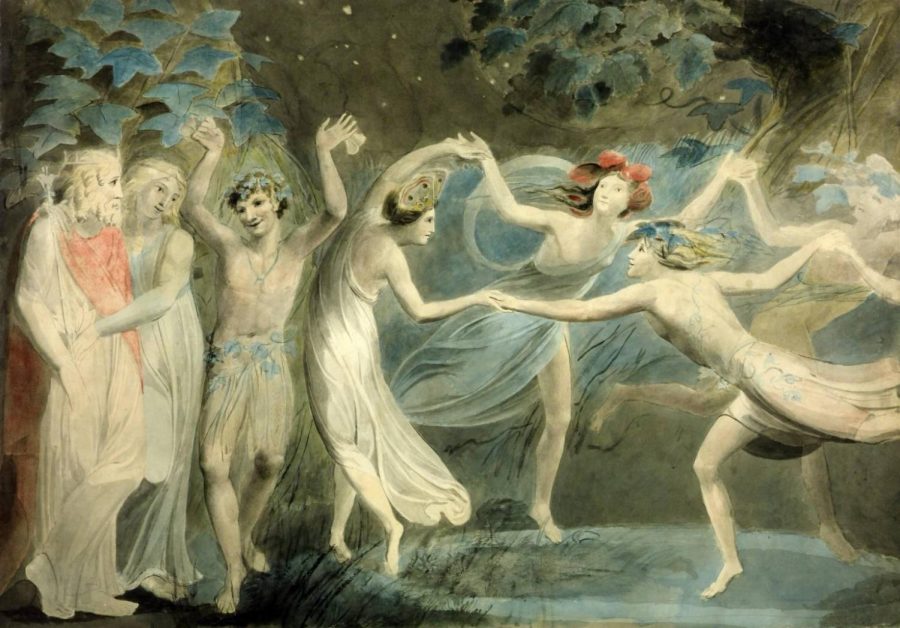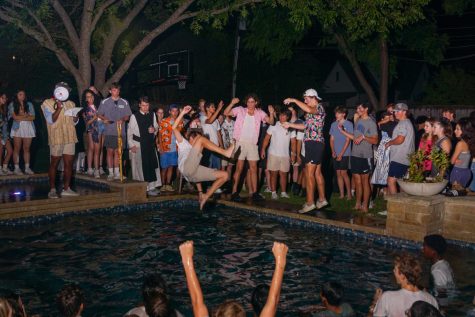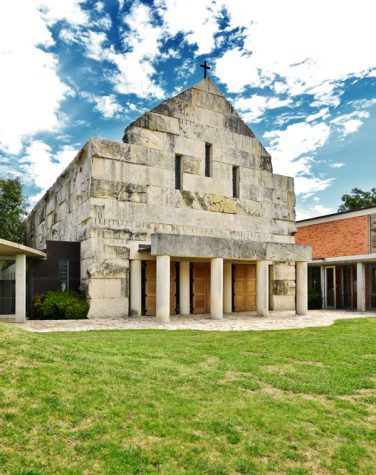Not to Be: A Midsummer’s Night Dream
Photo Credit: William Blake via Wikimedia Commons
The curtain opens to reveal Alex Banul (’20) alone at the center of the stage, his cello before him. Two black platforms stand above him on either side. Playing the stern, fearful servant to the king, I climb the platform and cue the music for the show to begin. From each side of the stage emerges one of the royals—the arrogant king of Athens, Theseus, embodied by the Informer’s own Alex Smith (’21), and his unwilling and superior wife, Hippolyta. This is the opening night of A Midsummer Night’s Dream, which would have been March 26, 2020—and which, as everyone else hunkering down at home knows, was not to be.
Many readers may wonder what A Midsummer Night’s Dream is about. The answer is quite complicated, as there are three main storylines going on simultaneously, constantly crossing over each other. Put simply, the play takes place mostly in the woods, in which there are fairies (and a hobgoblin) which are capable of magic, outside a mythological version of Athens ruled by Theseus. Two groups of people venture into these woods: a group of young romantics chasing love, and a group of clownish tradesmen trying to put together a play. At the same time, marital issues between the fairy king, played by Kaosi Unini (’20), and queen lead to the employment of the hobgoblin Puck, who Banul portrays, which ends up creating chaos for all three of these parties. By the end, the lovers find what they’ve been searching for, the tradesmen put on their terrible play, and the fairies stabilize their marriage through some rather questionable means. It’s easier to follow than it may seem, a feat of both Shakespeare’s timeless writing and the hard work of everyone involved in Cistercian’s staging, from the actors, to the crew, and to the director, Cistercian’s new drama head Mrs. Tasia Magill.
For over two months of rehearsals, everyone committed themselves to bringing the drama to life. The actors were diving into the depths of the people they were to play, finding Shakespeare’s characters in our black box theater and translating them in exciting ways. The running crew converted the stage to a forest and back again, even when the prop trees didn’t want to cooperate. The tech crew set the mood from the sound booth. The seniors made an unexpected prop contribution for the finale that needs to be seen to be believed. Parents spent a Saturday morning working on the set, as well as taking turns chaperoning rehearsals. At the head of it all was Mrs. Magill, whose lively vision of modern Shakespeare remained at the heart of her direction.
Cistercian’s A Midsummer Night’s Dream may exist only for us, the creators, in the rehearsals that we had, but that is enough. Theater isn’t just about the performance. Theater, like all art, is ultimately about connection: connecting to one’s own imagination, connecting to other times and places, and connecting to others both onstage and in the audience. What I will remember are the backstage conversations, the hilarious mistakes, the shining triumphs; simply put, just being part of a community. If the show had gone on, there is no doubt the Hawks would have seen something great. But what may be better than seeing a performance is being in one. A Midsummer Night’s Dream had the largest cast of any Cistercian high school production I’ve been in. Let’s fill the stage even more next year.










